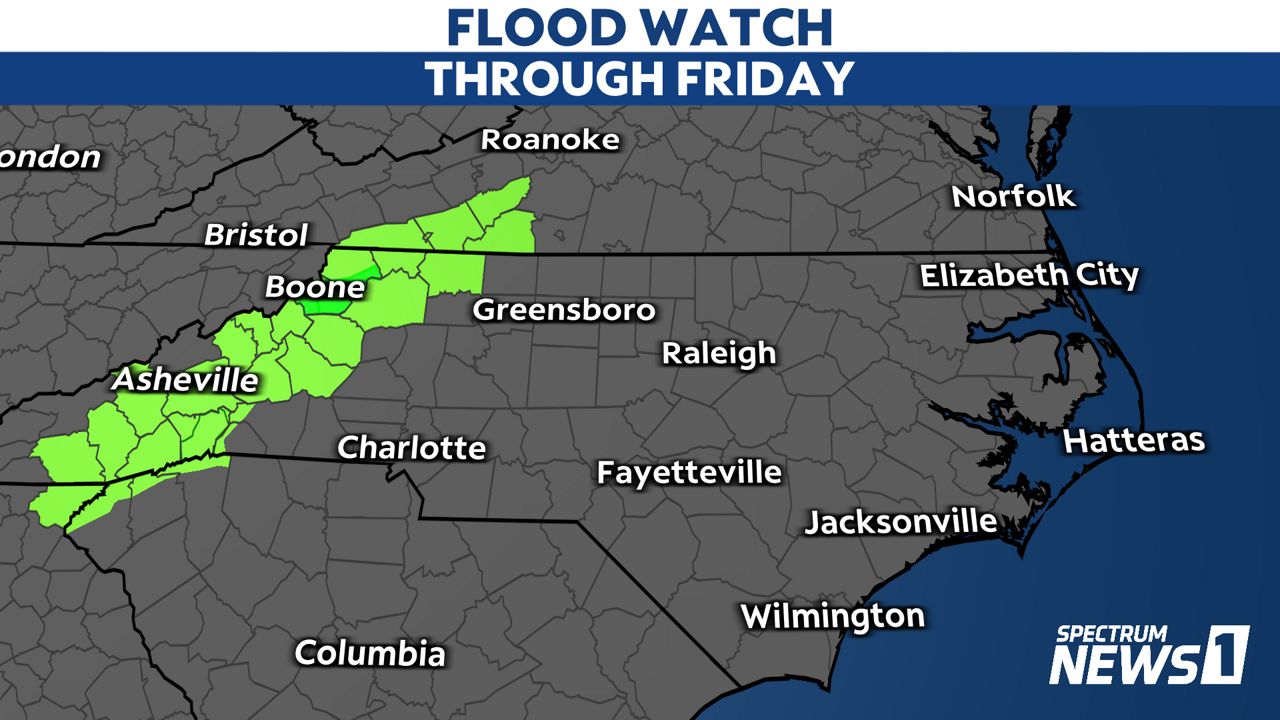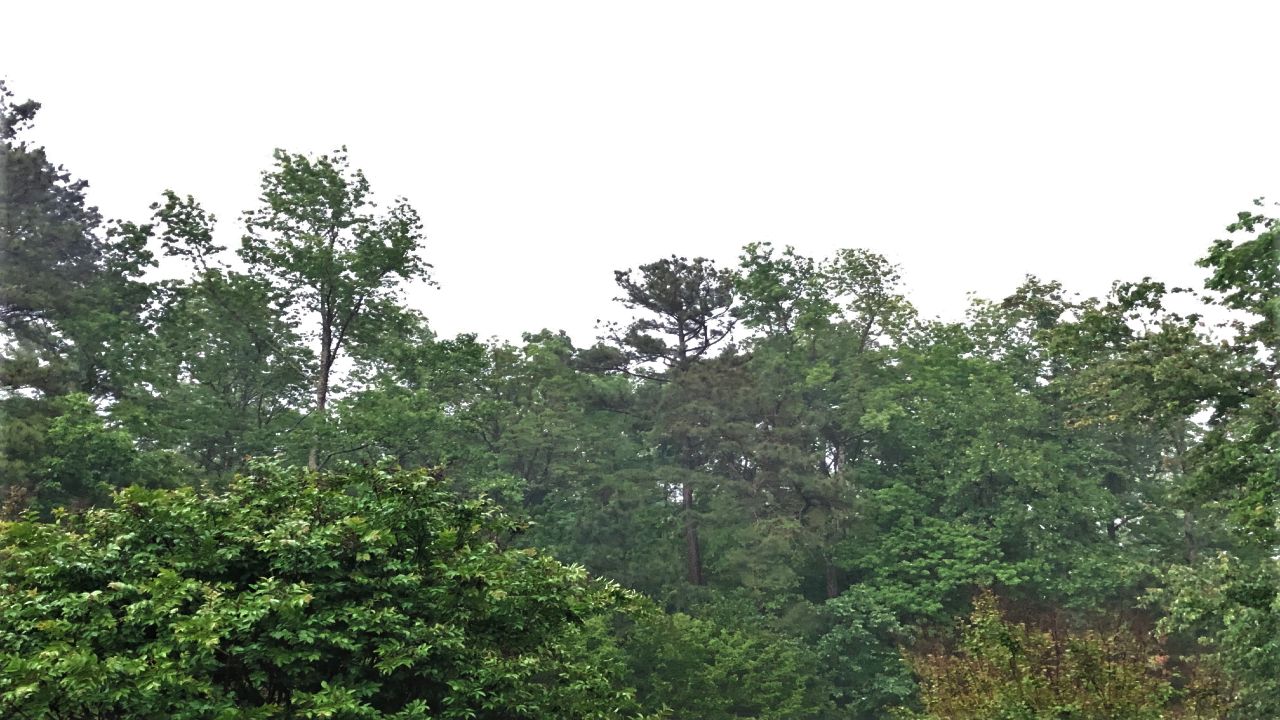It is very rare for a hurricane to make landfall along the East Coast of the U.S during November.
However, that's exactly what happened before sunrise on Thursday. Nicole made landfall near Vero Beach, Florida as a Category 1 hurricane around 3 a.m.
What remains of the storm will track across the Carolinas.
The center of what's left of Nicole is passing directly over western North Carolina today, but the system will still bring rain and gusty winds from the mountains to the coast.

The heaviest rain will fall in western North Carolina. Some locations around the mountains and foothills could see four to six inches of rain.
The National Weather Service has issued a Flood Watch for these locations.

Most of the rest of the state should see around one to three inches of rain. Some spots around northeastern North Carolina may see less than an inch.
Wind gusts through Friday night could reach between 25 and 40 miles per hour.
While that should not cause widespread power outages, isolated outages are possible.
The rain and wind will also cause more leaves to fall from our trees. That could block storm drains, leading to localized flooding at any location in the state.
Multiple Tornado Warnings have already been issued, but new tornadoes could spin up east of the storm's track. That would place a tornado threat across northeastern North Carolina through early Friday evening.

Make sure you have a way to receive weather alerts including when you may be sleeping tonight.
Tornadoes produced by the remnants of tropical systems typically develop quickly with little lead time for warnings.
If a Tornado Warning is issued, immediately seek shelter on the lowest floor of a sturdy building in a small, interior room. Basements, hallways, closets and windowless bathrooms typically provide the best protection during severe weather.
Stay tuned to Spectrum News 1 and the Spectrum News app for updates.



